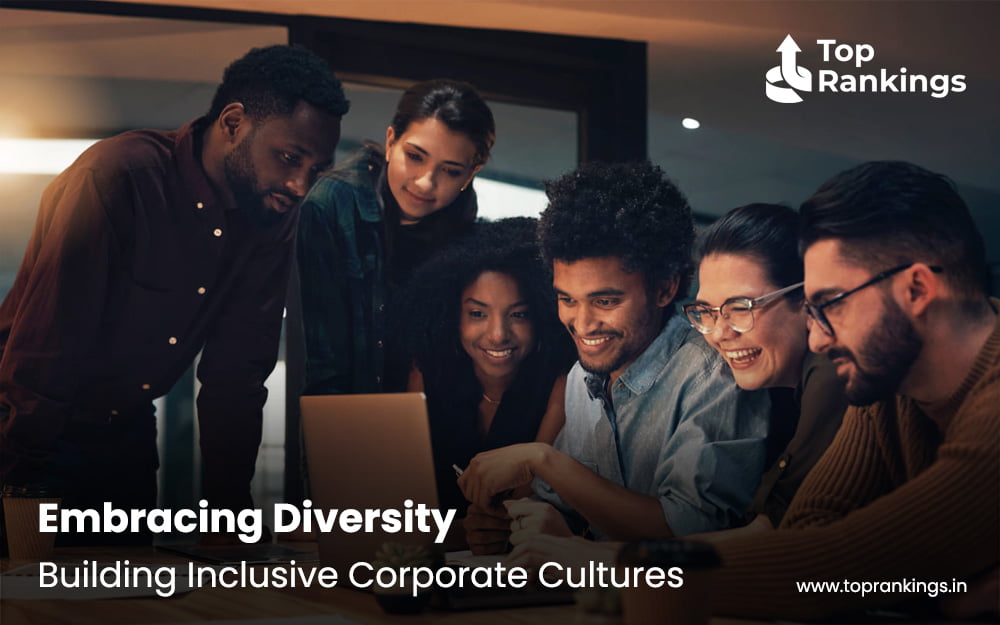The information, views and opinions expressed in blog posts published on this platform are those of the authors and do not necessarily reflect the official policy or position of TopRankings.in. Read More
© 2025 Toprankings. All rights reserved. An initiative of Web Designing Company, Digital Hive
© 2025 Toprankings. All rights reserved. An initiative of Web Designing Company, Digital Hive


